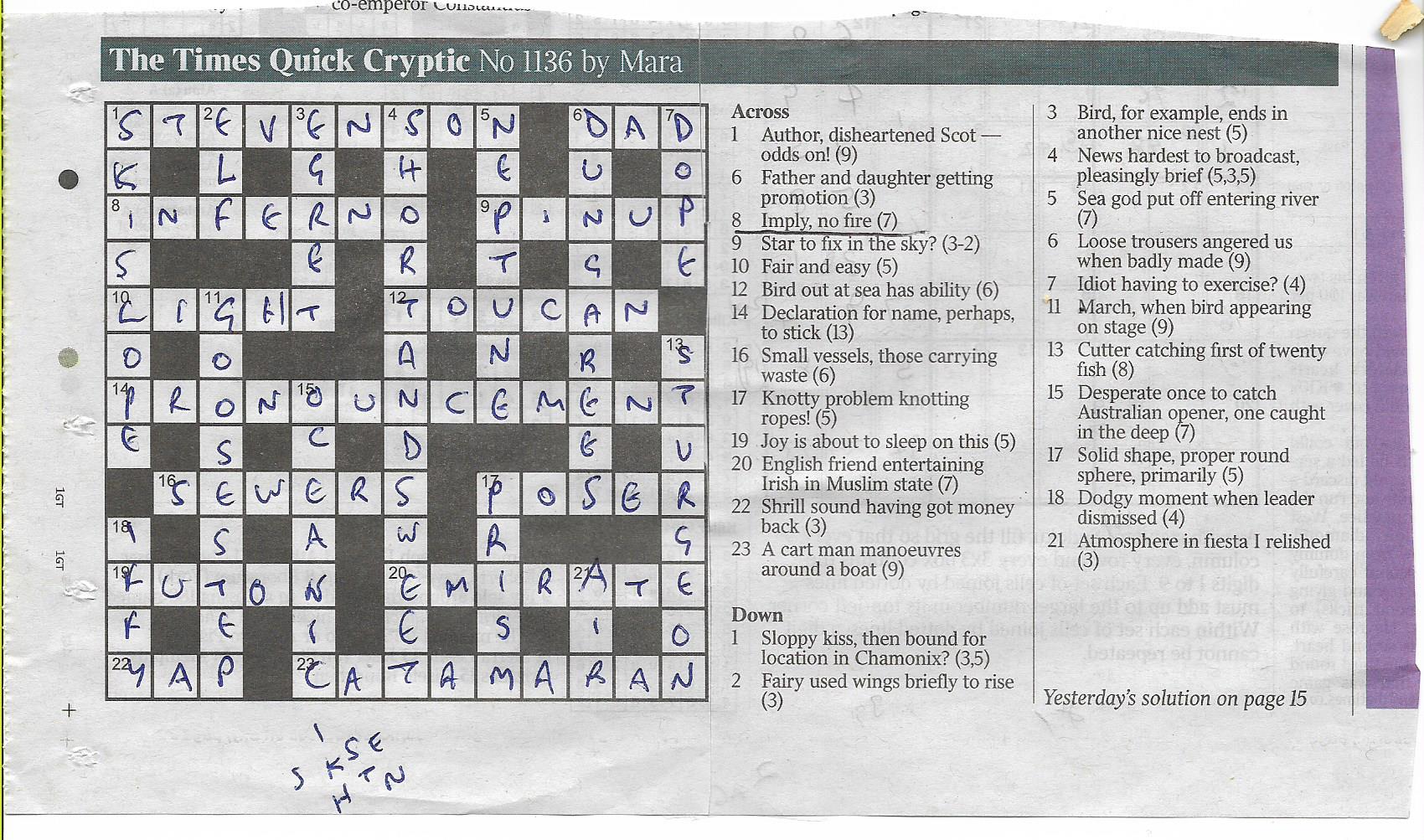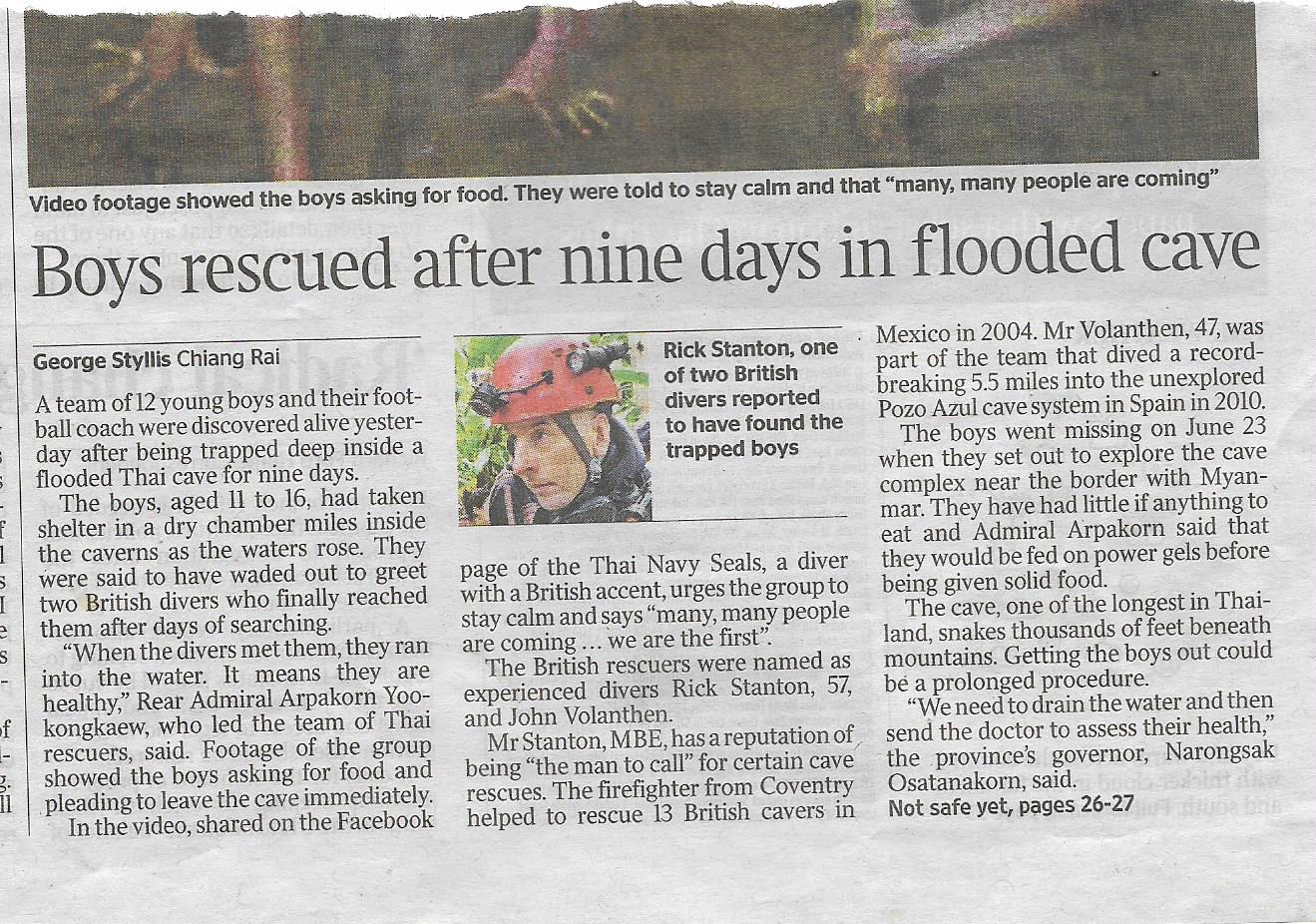 The Times, July 7, 2018
The Times, July 7, 2018
This is quite instructive. ‘The firing line’ is the squad which carries out an execution. If you are the target, you are ‘in the line of fire’. In other words the phrases have opposite meanings.
The Times’s own style guide agrees with these definitions. Then it adds: ‘In common usage, the strict sense of firing line is almost never needed and the distinction is now quite lost; there seems little reason to object.’
To which I would say: (1) Presumably the Times will never again carry a story which mentions firing squad executions past or present, or if it does, it will be quite happy to mix up the terms; (2) By whose reckoning is the distinction ‘now quite lost’? Not mine; not that of many readers of the Times who expect (forlornly) to see accurate use of English; (3) The two expressions are of almost identical length: by my calculations the first is the equivalent of 12 characters and the second is 13, so you can’t claim you need one or the other to make a headline fit.
I find this acceptance of completely wrong usages very depressing. In my time I have been accused of being a pedant for wanting to use the right word or even the right spelling. For the Times to condone incorrect usage shows just how far standards have sunk.
This is further illustrated in an internal memo from Times assistant editor Ian Brunskill. Dealing with the ‘line of fire’ topic, he remarks that ‘our critics would insist’ on the right usage. How tiresome of them! To insist! Who do they think they are?
He goes on to a really thorny matter: ‘begging the question’. This is very widely misused. This is my entry in Style Matters:
begging the question: This is also known as a circular argument, involving making a firm conclusion on the basis of an arguable proposition. For example: ‘Why did God make parasitic worms?’ This begs (or avoids) the question of whether God exists. This is obviously a very specific usage, and suffice it to say that 99 times out of a hundred the writer actually means to say ‘this raises/leads to the question . . .’
Mr Brunskill writes: ‘We used beg the question when ask or raise the question was all we meant, infuriating a reader who urged us to resist “an ignorant, tiresome misuse of an expression which has its own, different meaning”. He almost had a point. The style guide acknowledges that the specialised meaning of the term “seems worth preserving”. However, as with line of fire, a national newspaper will rarely have occasion to use beg the question in a strict or technical sense (to describe in logic an informal fallacy whereby an argument assumes its own conclusion). So we may as well use it as most other people do, if we have to use it at all.’
So he knows better than his own paper’s style guide. One therefore wonders what the point of it is. It is obvious that Brunskill regards the ‘infuriated’ reader who ‘almost had a point’ as an old buffer. No doubt we can look forward to the complete abandonment of any attempt at correct use of English. Oh, wait a bit – it’s already happening.

 The Times, July 25, 2018
The Times, July 25, 2018 The Times, July 17, 2018
The Times, July 17, 2018 The Times, July 7, 2018
The Times, July 7, 2018 The Times, July 10, 2018
The Times, July 10, 2018 The Times, July 3, 2018
The Times, July 3, 2018 i newspaper, June 30, 2018
i newspaper, June 30, 2018